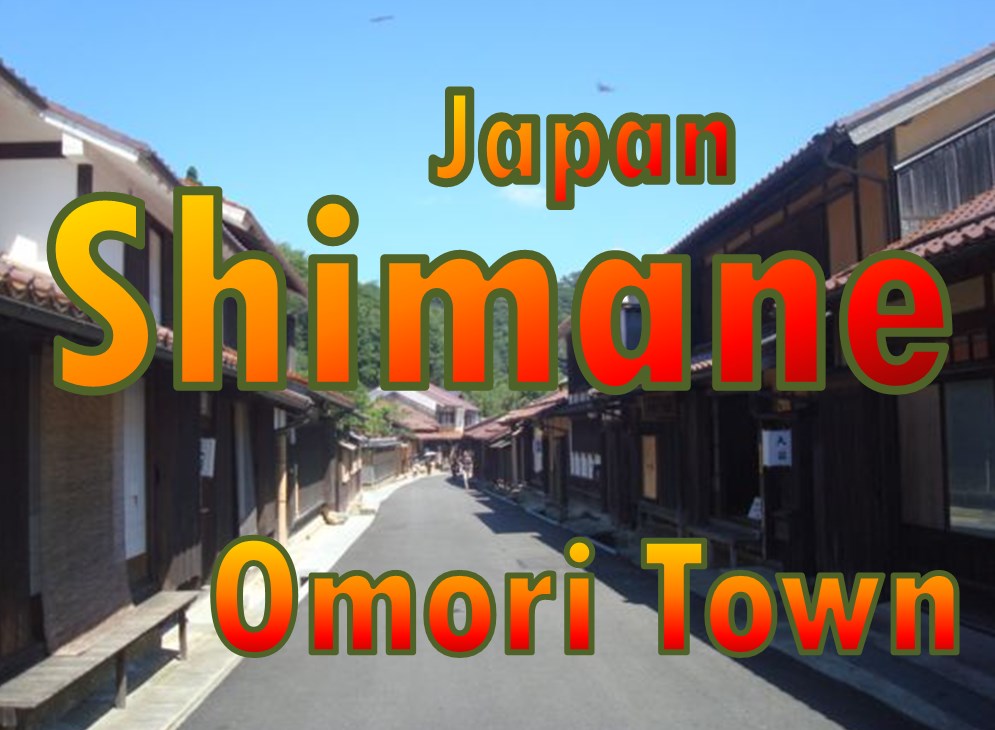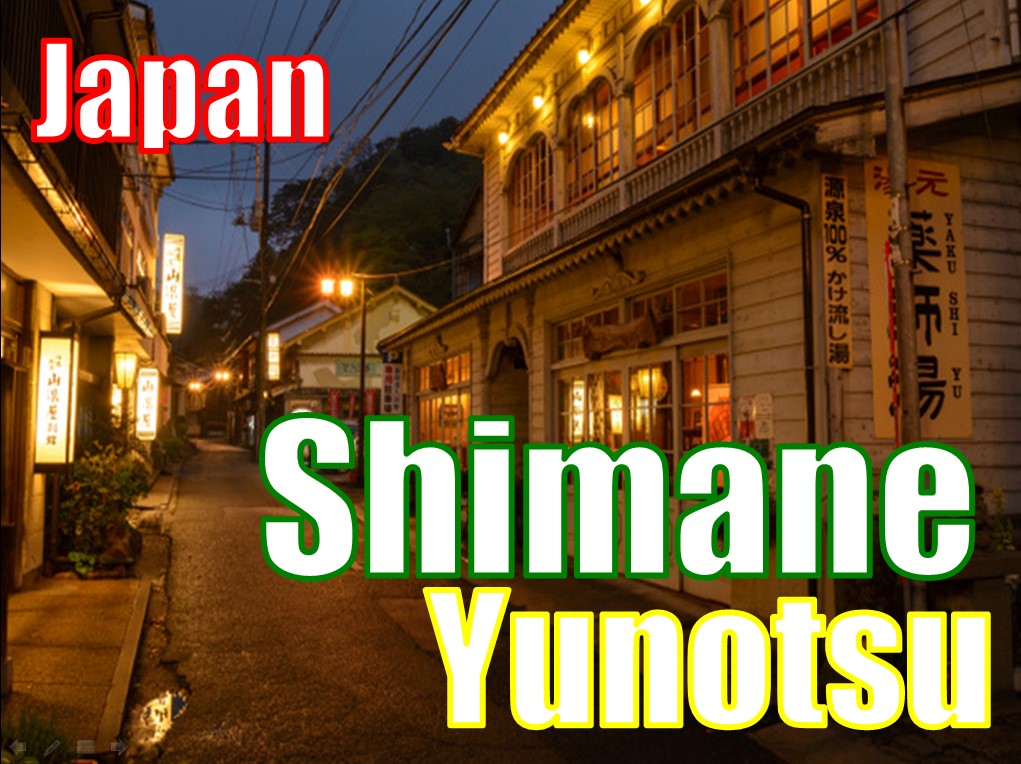Matsue, located between the shores of Lake Shinji (Shinjiko) and Lake Nakaumi, is known as the water city. Being the capital of Shimane Prefecture, Matsue is not only the center of commerce, but has traditionally roots.
This samurai city’s places to see includes the Matsue Castle, famous for being one of the few original wooden castles still existing in Japan. The former residence of Lafcadio Hearn’s, an Irish journalist, is another popular sights. The Ohashi River divides the city into two parts. Not being a big city to explore, visitors can walk around the various sights, perhaps while enjoying wagashi, Japanese traditional sweets, which Matsue is also famous for.
【The Best Savings--Ultimate Japan Coupon Site Moopon】
Official Website : https://moopon.jp?lang=english
facebook:https://www.facebook.com/jbp365
【Our Sister YouTube Channel】
The Best Japan Trip ・Useful Information in Japan(English): http://bit.ly/1dfkVJF
旅日首選旅館、飯店、餐飲及娛樂・旅日精選景點(中文繁体): http://bit.ly/1vh2zcU
旅日首选旅馆、饭店、餐饮及娱乐・旅日精选景点(中文簡体):http://bit.ly/1MXdp6X
Wisata terbaik Jepang Informasi di Jepang(Bahasa Indonesia): http://bit.ly/1B58hqy
日本のおすすめ旅館・ホテル・レジャー・飲食店・日本のオススメ観光地(Japanese): http://bit.ly/1vIjitd
| Deal Expiration date | 2015/06/19 | ~ | 2025/01/01 |
| Coupon Expiration date | 2015/06/19 | ~ | 2015/06/19 |
Tourist Information--No Purchases
| Deal Expiration date | 2015/06/19 | ~ | 2025/01/01 |
| Coupon Expiration date | 2015/06/19 | ~ | 2015/06/19 |


 Japan
Japan  Indonesia
Indonesia  USD
USD  TWD
TWD  HKD
HKD  CNY
CNY  SGD
SGD 



